-
 bitcoin
bitcoin $114320.977035 USD
-0.40% -
 ethereum
ethereum $4152.439985 USD
-1.75% -
 tether
tether $1.000111 USD
-0.04% -
 xrp
xrp $2.843037 USD
-1.63% -
 bnb
bnb $1013.349380 USD
-1.62% -
 solana
solana $208.362767 USD
-2.10% -
 usd-coin
usd-coin $0.999783 USD
0.00% -
 dogecoin
dogecoin $0.232559 USD
-1.00% -
 tron
tron $0.333491 USD
-1.09% -
 cardano
cardano $0.806310 USD
0.19% -
 hyperliquid
hyperliquid $45.023720 USD
-1.59% -
 ethena-usde
ethena-usde $1.000819 USD
-0.06% -
 chainlink
chainlink $21.241249 USD
-2.11% -
 avalanche
avalanche $30.035416 USD
-0.66% -
 stellar
stellar $0.364984 USD
-2.05%
What data is stored in a block?
A blockchain block contains a header with metadata like the previous block's hash, Merkle root, and nonce, plus transaction data, ensuring security, immutability, and consensus across the network.
Aug 13, 2025 at 11:35 am
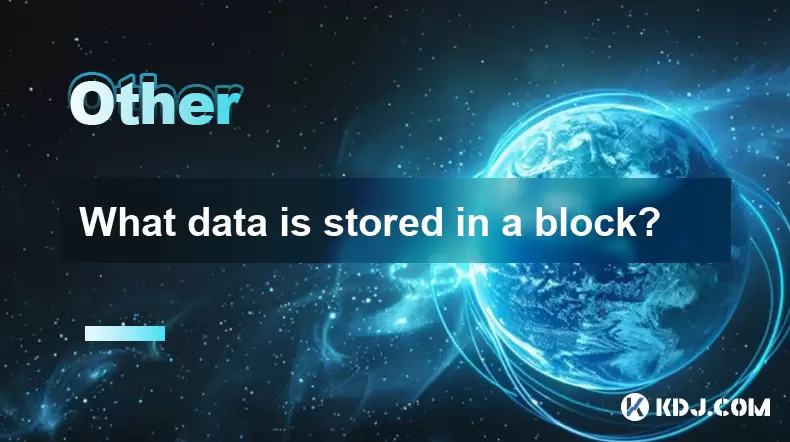
Understanding the Structure of a Blockchain Block
A block in a blockchain is a container data structure that aggregates and secures transactional data across the network. Each block is linked to the previous one through cryptographic hashing, forming an immutable chain. The information stored within a block ensures transparency, security, and traceability of all recorded activities. The exact composition can vary slightly depending on the blockchain protocol—such as Bitcoin, Ethereum, or Litecoin—but the core components remain consistent.
Block Header Components
The block header is a critical segment of every block, containing metadata that ensures the integrity and continuity of the blockchain. It includes several essential fields:
- Version number: Indicates the validation rules the block adheres to, allowing for protocol upgrades.
- Previous block hash: A SHA-256 hash (in Bitcoin) of the preceding block’s header, creating the cryptographic link between blocks.
- Merkle root: A single hash representing all transactions in the block. This is generated by recursively hashing pairs of transaction IDs until one final hash remains.
- Timestamp: Records the approximate time the block was created, measured in Unix time.
- Difficulty target (bits): Encodes the network’s current mining difficulty, determining how hard it is to find a valid hash.
- Nonce: A 32-bit field miners adjust repeatedly to produce a hash that meets the network’s difficulty requirements.
These header elements allow nodes to quickly verify the block’s validity without inspecting every transaction.
Transaction Data Stored in a Block
The primary purpose of a block is to store transaction records. In Bitcoin, for example, every transaction includes:
- Input(s): References to unspent transaction outputs (UTXOs) from prior transactions, proving the sender owns the funds.
- Output(s): Specifies the recipient’s public key hash (Bitcoin address) and the amount to be transferred.
- ScriptSig and ScriptPubKey: These are scripting commands that authorize spending and define conditions for future spending.
- Transaction ID (TXID): A unique identifier generated by hashing the transaction data.
All transactions in a block are hashed and organized into a Merkle tree, with the Merkle root stored in the block header. This structure enables efficient verification—nodes can confirm a transaction’s inclusion using a Merkle proof without downloading the entire block.
Block Size and Capacity Considerations
The amount of data a block can store is limited by the blockchain’s block size limit or weight units (in SegWit-enabled chains). For instance:
- Bitcoin’s original block size limit is 1 MB, though Segregated Witness (SegWit) increases effective capacity by separating signature data.
- Ethereum does not have a fixed block size but is constrained by a block gas limit, which determines how many computational operations can be included.
Larger blocks can hold more transactions, improving throughput, but they also increase storage and bandwidth demands on nodes. This trade-off influences decentralization, as larger blocks may favor well-resourced participants.
Additional Data: Coinbase and Witness Information
Every block includes a special transaction known as the coinbase transaction, which is the first transaction in the block. This transaction:
- Creates new coins as a block reward for the miner.
- Includes an optional arbitrary data field, often used for messages or timestamps (e.g., Bitcoin’s Genesis Block contained a newspaper headline).
- Specifies where the mining reward should be sent.
In blockchains that support SegWit, such as Bitcoin, witness data (signatures) is stored separately from the main transaction data. This reduces malleability issues and increases block capacity. The witness section is part of the block but not included in the legacy transaction hash calculation.
How Blocks Are Validated by Nodes
When a new block is broadcast, nodes perform a series of checks to ensure its validity:
- Verify the block header hash meets the current difficulty target.
- Confirm the previous block hash matches the latest block in the chain.
- Validate the Merkle root by reconstructing it from the included transactions.
- Check each transaction for correct digital signatures, valid inputs, and no double-spending.
- Ensure the coinbase transaction pays no more than the allowed block reward (subsidy + fees).
- Enforce consensus rules, such as block size and transaction format.
Only after passing all these checks is the block added to the local copy of the blockchain.
Storage and Propagation Across the Network
Blocks are stored permanently on every full node in the network. Each node maintains a complete copy of the blockchain, enabling trustless verification. When a miner successfully mines a block:
- It is serialized into binary format using the blockchain’s consensus encoding (e.g., Bitcoin uses raw bytes).
- The block is broadcast to peer nodes via the P2P network using messages like
invandgetdata. - Nodes that haven’t seen the block request it and validate it independently.
- Once validated, the block is written to disk in the node’s data directory, typically in
.blkfiles (Bitcoin Core).
This decentralized storage ensures no single point of failure and protects against data tampering.
Frequently Asked Questions
What prevents someone from altering transaction data inside a block?Any change to a transaction alters its hash, which invalidates the Merkle root in the block header. Since the header hash must meet the difficulty target, altering data would require re-mining the block and all subsequent blocks—a computationally infeasible task.
Is the timestamp in the block header always accurate?The timestamp must be greater than the median of the previous 11 blocks and within a few hours of real time. While not perfectly precise, it prevents extreme backdating or future-dating to manipulate block rewards.
Can a block contain zero transactions?No. Every block must include at least the coinbase transaction. Even if no other transactions are included, the miner must generate this transaction to claim the block reward.
How do light clients verify transactions without downloading full blocks?Light clients use Simplified Payment Verification (SPV). They download only block headers and request Merkle proofs from full nodes to confirm a transaction’s inclusion in a specific block.
Disclaimer:info@kdj.com
The information provided is not trading advice. kdj.com does not assume any responsibility for any investments made based on the information provided in this article. Cryptocurrencies are highly volatile and it is highly recommended that you invest with caution after thorough research!
If you believe that the content used on this website infringes your copyright, please contact us immediately (info@kdj.com) and we will delete it promptly.
- BlockDAG, DOGE, HYPE Sponsorship: Crypto Trends Shaping 2025
- 2025-10-01 00:25:13
- Deutsche Börse and Circle: A StableCoin Adoption Powerhouse in Europe
- 2025-10-01 00:25:13
- BlockDAG's Presale Buzz: Is It the Crypto to Watch in October 2025?
- 2025-10-01 00:30:13
- Bitcoin, Crypto, and IQ: When Genius Meets Digital Gold?
- 2025-10-01 00:30:13
- Stablecoins, American Innovation, and Wallet Tokens: The Next Frontier
- 2025-10-01 00:35:12
- NBU, Coins, and Crypto in Ukraine: A New Yorker's Take
- 2025-10-01 00:45:14
Related knowledge

What is a token economy?
Sep 20,2025 at 12:18am
Understanding the Foundations of a Token Economy1. A token economy in the context of cryptocurrency refers to a system where digital tokens are used a...
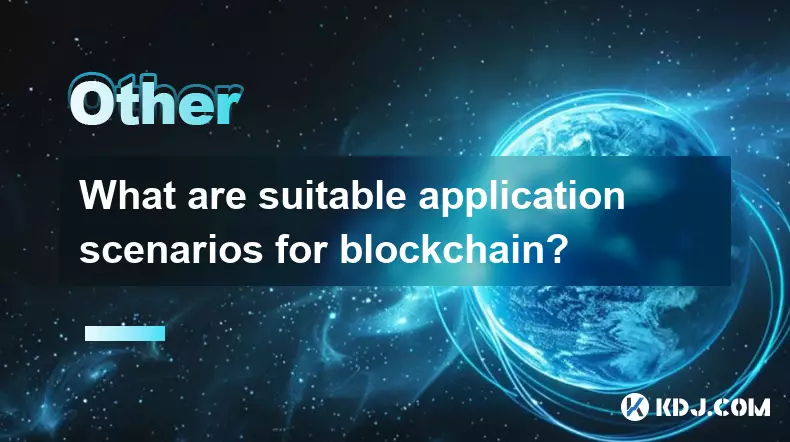
What are suitable application scenarios for blockchain?
Sep 20,2025 at 03:19am
Decentralized Finance (DeFi) Platforms1. Blockchain enables the creation of financial services without centralized intermediaries, allowing users to l...
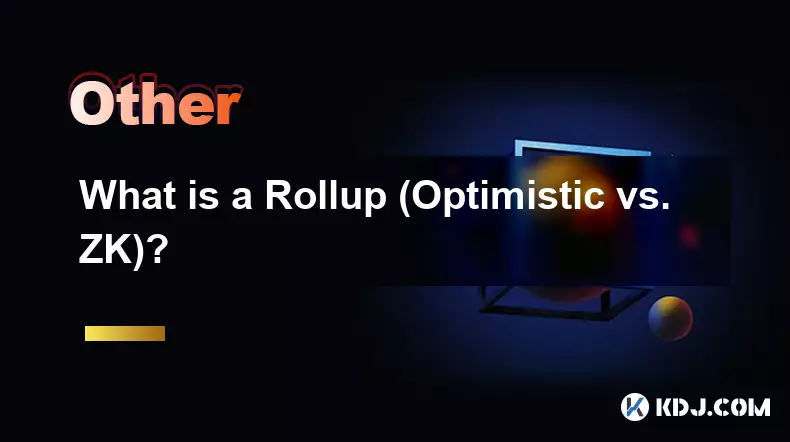
What is a Rollup (Optimistic vs. ZK)?
Sep 22,2025 at 03:00pm
Understanding Rollups in Blockchain Technology1. Rollups are layer-2 scaling solutions designed to increase transaction throughput on blockchains like...
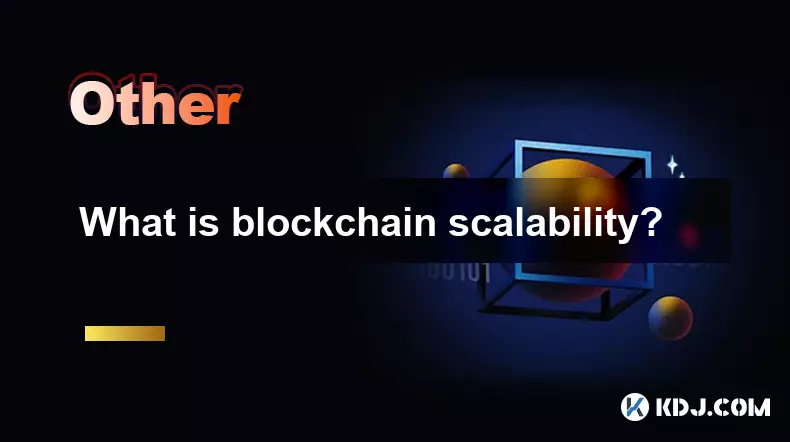
What is blockchain scalability?
Sep 19,2025 at 06:18am
Understanding Blockchain Scalability1. Blockchain scalability refers to a network's ability to handle an increasing number of transactions without com...
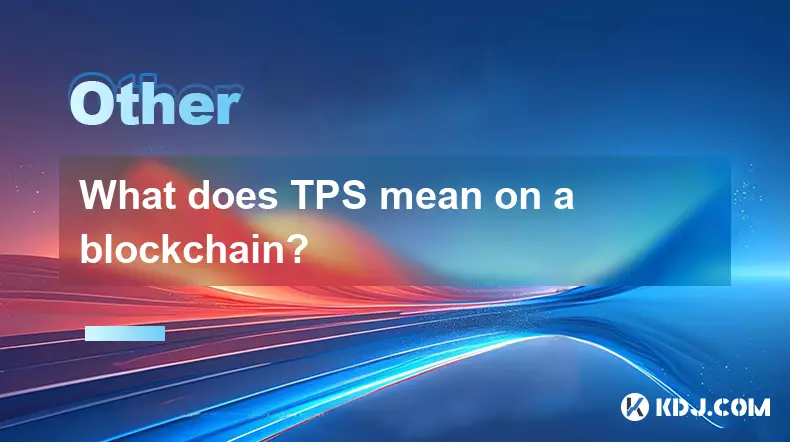
What does TPS mean on a blockchain?
Sep 21,2025 at 09:54am
Understanding TPS in Blockchain Technology1. TPS stands for Transactions Per Second, a metric used to measure the number of transactions a blockchain ...
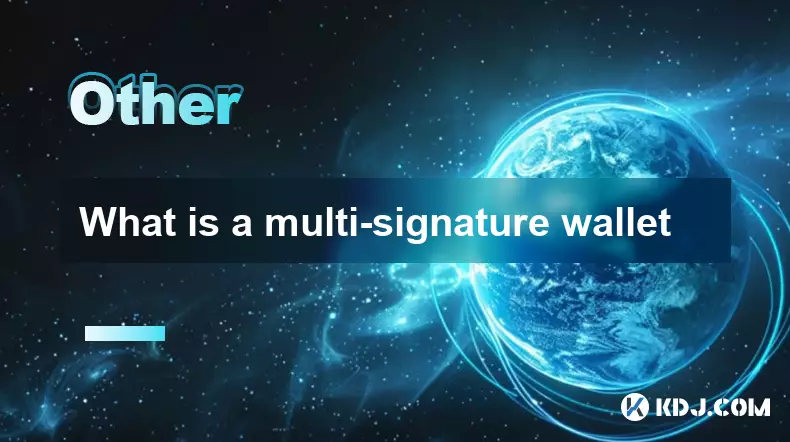
What is a multi-signature wallet
Sep 20,2025 at 07:00am
Understanding Multi-Signature Wallets in Cryptocurrency1. A multi-signature wallet, often referred to as a multisig wallet, is a type of cryptocurrenc...

What is a token economy?
Sep 20,2025 at 12:18am
Understanding the Foundations of a Token Economy1. A token economy in the context of cryptocurrency refers to a system where digital tokens are used a...

What are suitable application scenarios for blockchain?
Sep 20,2025 at 03:19am
Decentralized Finance (DeFi) Platforms1. Blockchain enables the creation of financial services without centralized intermediaries, allowing users to l...

What is a Rollup (Optimistic vs. ZK)?
Sep 22,2025 at 03:00pm
Understanding Rollups in Blockchain Technology1. Rollups are layer-2 scaling solutions designed to increase transaction throughput on blockchains like...

What is blockchain scalability?
Sep 19,2025 at 06:18am
Understanding Blockchain Scalability1. Blockchain scalability refers to a network's ability to handle an increasing number of transactions without com...

What does TPS mean on a blockchain?
Sep 21,2025 at 09:54am
Understanding TPS in Blockchain Technology1. TPS stands for Transactions Per Second, a metric used to measure the number of transactions a blockchain ...

What is a multi-signature wallet
Sep 20,2025 at 07:00am
Understanding Multi-Signature Wallets in Cryptocurrency1. A multi-signature wallet, often referred to as a multisig wallet, is a type of cryptocurrenc...
See all articles










































































